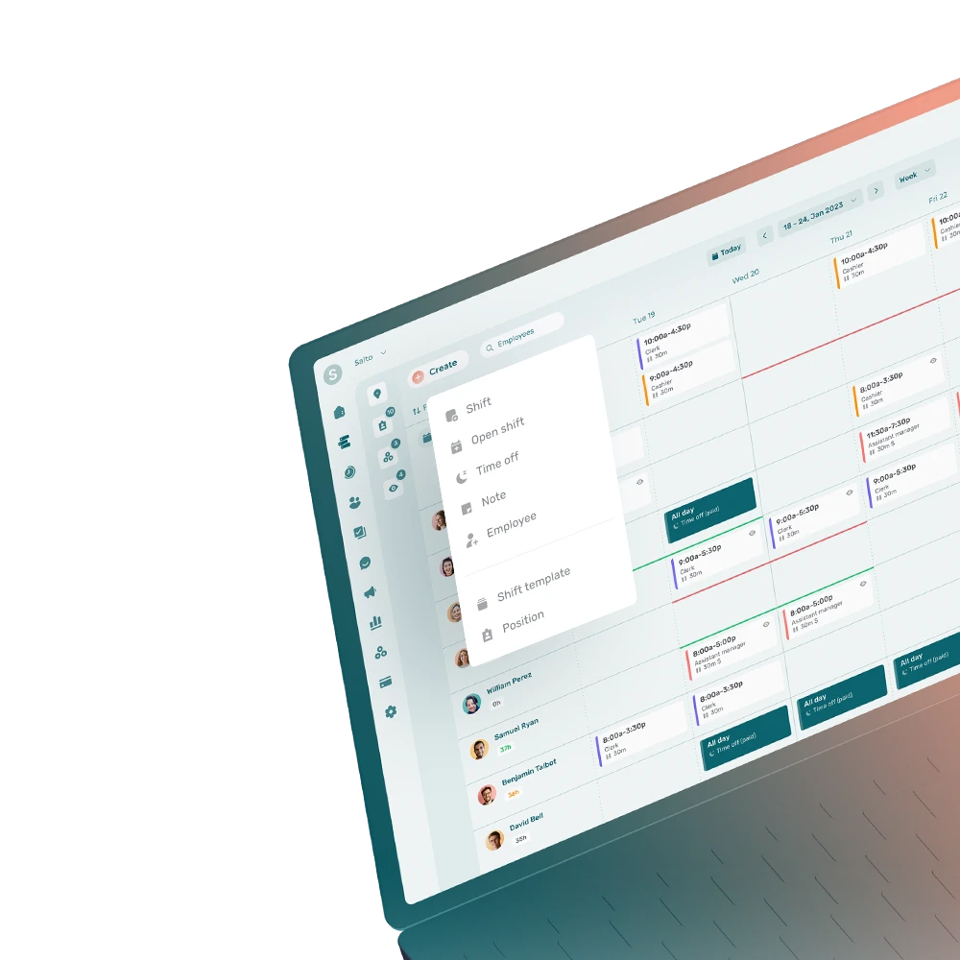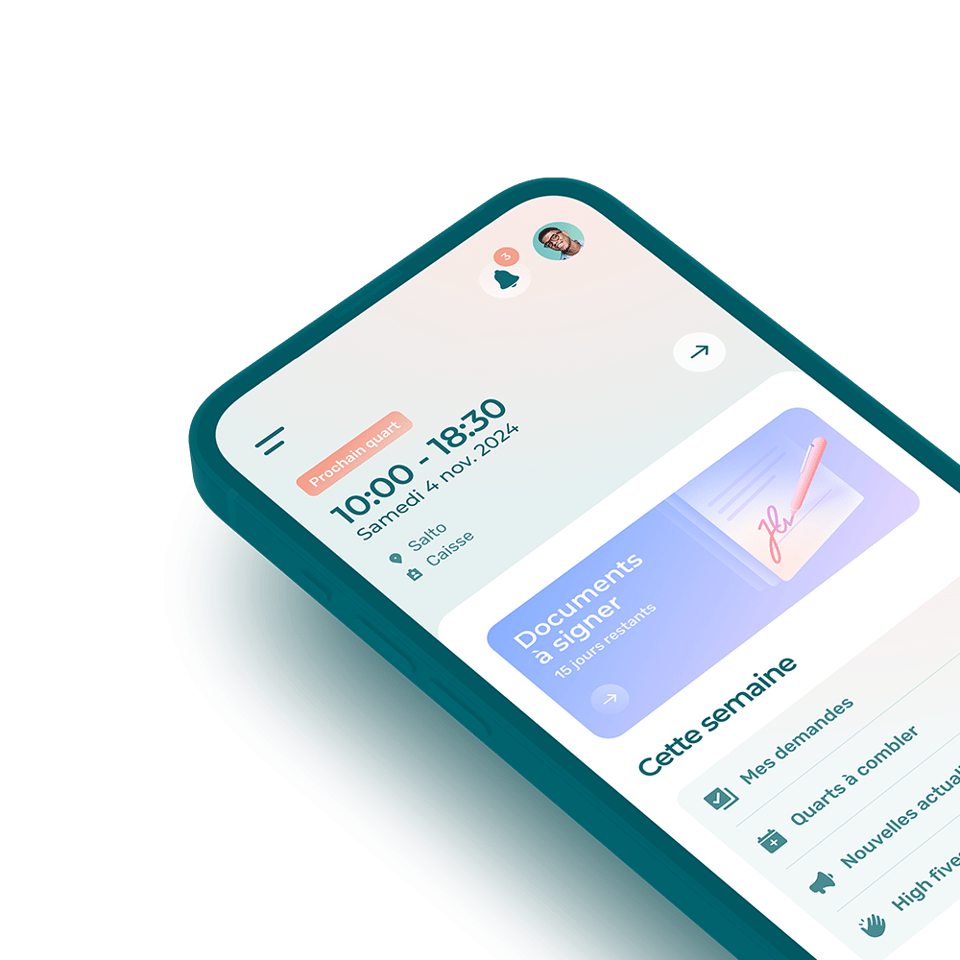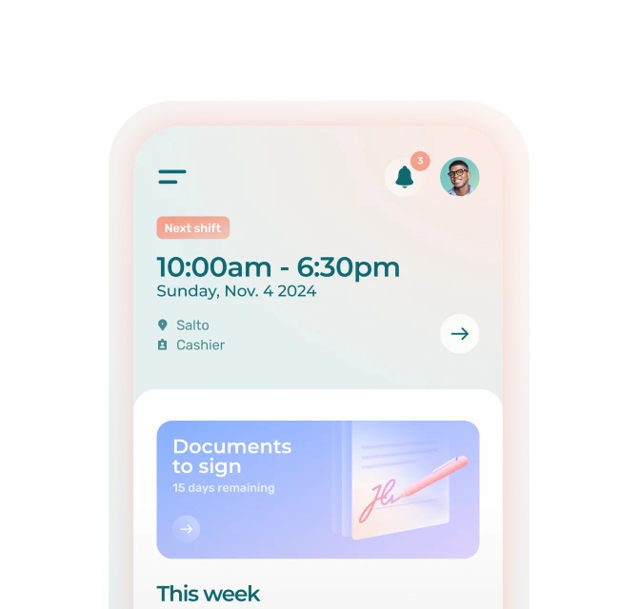Employee value proposition (EVP), or Employer value proposition, refers to the benefits an employee receives in return for their work.
What Should be Included in an Employee Value Proposition?
An employee value proposition should include:
- The mission of the company
- The objectives of the organization
- The values and social purpose of the company
- The key benefits offered by the employer
- The outcomes of the benefits for the employees
- The salary offered
- The career development opportunities
The employee value proposition should contain any relevant information that can contribute to the desire of an individual to work for a company.
The key components of an employee value proposition are: compensation, work-life balance, stability, location, and respect.
What Makes a Good Employer Value Proposition?
A good employer value proposition (EVP) emphasizes on what makes an organization unique and why employees should work for that employer instead of a rival company. It gives employees reason to be proud, motivated, and inspired to work.
A good employer value proposition is inspired by the vision of the employees and not only by the vision of the business leaders. It meets the needs of the employees and aligns with the mission and values of the company at the same time.
What Are the Benefits of a Strong Employee Value Proposition?
The benefits of a strong employee value proposition include:
- Retaining top employees
- Attracting talents
- Increasing employee engagement
- Increasing employee motivation
- Lowering employee turnover
- Improving employee productivity
- Improving the recruitment process
What Is the Difference Between EVP and Employer Brand?
The EVP is internal to an organization meaning it is aimed for existing employees. It communicates what they can expect in return from their work.
The employer brand is external to an organization meaning it is aimed at an external public. The employer brand refers to the reputation of the organization.
The two are interconnected because the EVP is core to the employer brand.
How to Create an Employee Value Proposition?
To create an employee value proposition, businesses have to:
- Determine their mission and objectives
- Survey their current and potential employees to gain insights on their perception of the organization
- Ask employees what benefits they would like to have
- Create an EVP based on the information gathered previously
- Communicate the EVP to employees and relevant external stakeholders
- Adjust the EVP as needed
How to Improve the Employer Value Proposition of an Organization?
To improve the employer value proposition, organization can:
- Conduct exit interviews
- Conduct stay interviews
- Survey their employees on their satisfaction at work
- Conduct regular one-on-one meetings
- Review their mission
- Identify their unique value
What Are Examples of Employee Value Propositions?
Examples of employee value propositions include:
- Offering true work-life balance
- Allowing employees more flexibility, like working from home
- Fostering genuine employee connected through regular team-building activities
- Offering career development opportunities








